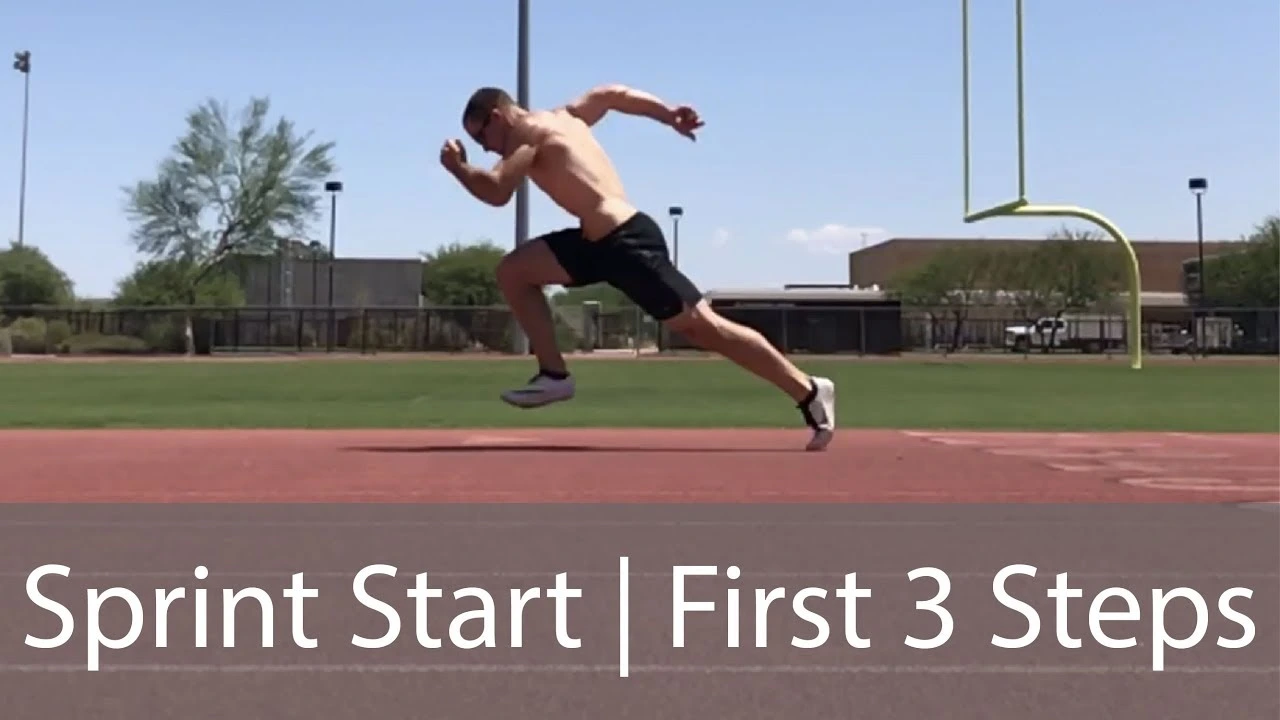Are you about to take up sprinting for the first time or gearing up for a new season? The first day of sprinting can feel both exciting and intimidating—whether you’re a newcomer or a seasoned athlete returning from a break. Sprinting is more than just running fast for a short distance; it’s about good preparation, the right mindset, and smart execution. This comprehensive guide explains what you should do as you start your first sprint session, including warm-ups, technique, mental focus, and how to face common challenges both beginners and experienced sprinters encounter.
Table of Contents
Key Takeaways
- The first day of sprinting sets the tone for your progress and injury prevention.
- A good warm-up, sensible goal-setting, and solid technique help you get the most from your efforts.
- Mindset, recovery, and listening to your body are just as important as physical training.
- Both beginners and advanced athletes benefit by easing into sprinting.
Getting Started: Before You Sprint
1. Understand Why a Gradual Start Is Important
Jumping straight into all-out sprints can raise your risk of muscle strains. On your first day back or first-ever sprint session, start cautiously.
- Easing In: Shorter sprints (20–40 meters), low to moderate effort, and full recovery between runs allow your body to adapt.
- Assessment: Use the first day to notice how your body reacts—tune in to tightness, discomfort, or fatigue.
2. The Essential Warm-Up
Properly warming up is critical for injury prevention and best performance.
Sample Sprint Warm-Up Routine:
- Light jog: 5–10 minutes to raise core temperature.
- Dynamic stretches: Leg swings, walking lunges, high knees, butt kicks.
- Mobility drills: Arm circles, hip rotations, ankle bounces.
- Short, progressive accelerations: Gradually increase effort, practice building to top speed smoothly.
Mindset and Mental Preparation
3. Setting Realistic Expectations
Don’t expect a personal record on day one—even if you’re experienced. Focus on form, rhythm, and comfort instead of all-out speed.
- For Beginners: It’s normal to feel awkward or self-conscious. With practice, form and speed will improve.
- For Veterans: Use the first day as a check-in for strengths and weaknesses. Don’t compare yourself to mid-season shape.
4. Use Positive Self-Talk
Sprint training is tough. Nervousness or doubt is common. Mentally prepare by:
- Visualizing smooth, powerful movement.
- Reminding yourself it’s about progress, not perfection.
- Setting one process-focused goal (“I will drive my knees high”) rather than outcome (“I have to win”).
Sprint Technique Basics
5. Focus on Good Form
If you’re just starting out, don’t overthink—aim for relaxed, quick, and powerful movements. As you gain confidence, pay attention to:
- Body lean: Maintain a slight forward lean, especially at the start.
- Arm drive: Elbows at about 90 degrees, swinging powerfully but not crossing in front of your body.
- High knees: Bring your thighs up with every stride, but stay loose—don’t tense up.
- Foot strike: Land on the balls of your feet, not heels.
6. Practice Smooth Acceleration
Top speed is not achieved instantly. On the first day, practice gently increasing your pace.
- Begin with a controlled, explosive push-off.
- Build speed through the first 30–40 meters before reaching maximum effort.
- Relax your jaw and shoulders—tension slows you down.

Common Challenges and How to Overcome Them
7. Preventing and Handling Soreness
Delayed onset muscle soreness (DOMS) is common after sprinting—especially for beginners or after a break.
- What to do: Cool down with light jogging and static stretching. Hydrate and rest. Soreness usually peaks after 24–48 hours.
- If you feel sharp pain: Stop immediately; don’t “run through” acute injury symptoms.
8. Sticking With Your Plan
Motivation can dip—especially after a tough first session.
- Partner up for accountability.
- Track your sessions in a log for motivation.
- Celebrate small milestones: better form, less fatigue, or more control.
The Ideal First Sprint Workout
A beginner or returner’s first workout should prioritize technique and comfort over volume or speed.
Sample First Session:
- Warm-up (see above)
- 4 x 30-meter sprints at 60–80% effort (walk back to recover fully)
- 2 x 60-meter relaxed strides
- Easy cool-down jog and stretching
Tips for Advanced Sprinters:
- Work up to race pace over several sessions.
- Use the first day to focus on technical drills and block starts.
Nutrition and Recovery Tips
9. Eating for Sprint Performance
- Fuel up with a mix of carbohydrates and protein before your session.
- Afterward, eat a balanced meal to aid muscle recovery.
- Hydrate well—dehydration can worsen cramps or slow recovery.
10. The Importance of Rest
- Allow at least 48 hours before your next full-intensity sprint session, especially in the beginning.
- Listen to your body: Tight hamstrings or calves are a sign to back off and stretch more.
Frequently Asked Questions About First Day of Sprint
What gear do I need for my first day of sprint training?
Comfortable fitted athletic clothes, suitable shoes (track spikes for advanced runners), and a water bottle. Optional: stopwatch, foam roller, or stretching band.
How fast should I go?
Go at a speed that lets you maintain good form throughout. Save full speed for later sessions once you’re comfortable.
Should I do strength exercises too?
Yes—basic core, glute, and hamstring strength exercises support sprint performance and reduce injury risk.
Can I sprint if I’m not “in shape” yet?
Absolutely. Sprinting can be modified for all fitness levels. Start with short, less intense sprints and gradually build up.
How do I handle nerves or fear of sprinting?
Focus on learning, not perfect times. Practice controlled breathing, bring a supportive friend, and remember everyone started somewhere.
Common Mistakes to Avoid
- Skipping the warm-up or not cooling down
- Doing too many sprints on the first day
- Ignoring discomfort or pain
- Comparing your results to others
- Trying to change too many things at once
Final Thoughts on First Day of Sprint
Your first day of sprinting is all about setting the stage for steady improvement. By warming up well, focusing on relaxed technique, setting realistic goals, and taking care of your body, you’ll build a safer and more successful foundation. Sprinting is a journey—every fast finisher and world-class sprinter started with a single step. Enjoy the process, and let speed come naturally as you progress!
Ready, set, go—your sprinting journey begins today!

Leave a Reply